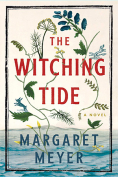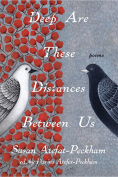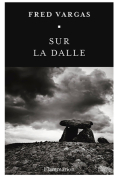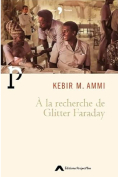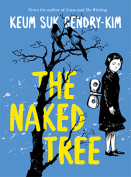The Witching Tide by Margaret Meyer
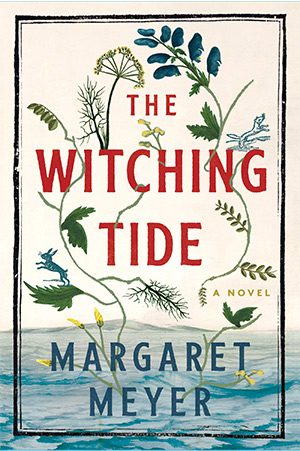 New York. Scribner. 2023. 336 pages.
New York. Scribner. 2023. 336 pages.
To be publicly vilified, have your innocence questioned, and your life taken away is a scary position to be in. There’s a tension in the world today, whereby a simple accusation of possible wrongdoing can capsize your life before you even have the opportunity to protest your innocence or have the accusation investigated. People have developed a mob mentality; we are instantly quick to feed into paranoia and perpetuate negative stories about others who may not share the same ideas, politics, or religious affiliations. Perceived difference is a reason to believe others are here to curse our own existence; much like the women living in Europe and the UK in the seventeenth century, whose mere existence was risky business during the height of the witch trials. A sly word to a neighbor, an awkward limp, or one too many moles on the body could have easily gotten a woman sent to the gallows accused of being a witch.
In her debut novel, The Witching Tide, Margaret Meyer viscerally captures that fear of living on the edge while almost every woman around you is being accused of heinous crimes. Inspired by the seventeenth-century East Anglia witch hunts purported by the infamous witch hunter Matthew Hopkins, The Witching Tide is set in the fictional town of Cleftwater, where protagonist Martha Hallybread finds herself in the middle of a terrifying witch hunt as accusations fly and fear takes hold of her friends and neighbors at the behest of a stranger, a witch hunter. Hopkins himself is believed to have executed about three hundred women accused of practicing witchcraft between 1644 and 1646. His menacing character is re-created in Meyer’s story, who swoops in on the unsuspecting town and turns the inhabitants against one another. “We got no witches in Cleftwater. Leastways, we had none, until the witch man came,” says one of the accused women.
The once close-knit community descends into chaos as prejudice, paranoia, and misogyny consume them and they question the purity of their own neighbors. But not just any neighbors—primarily the women. There’s no real evidence to suggest the accused women indulge in any witchcraft, but with the arrival of the witch hunter, “A mole a few days ago was just that. Now it’s seen as the mark of the devil because one person in authority says so.”
Meyer’s development of Martha as the protagonist for a fear-driven story like this is a good choice. As if being a woman in the 1600s wasn’t arduous enough, having this horror unfurl through the eyes of a mute, middle-aged, woman with no family, and even less power as a servant, brings a heightened level of terror to the novel.
Martha is a well-known and well-liked healer and midwife in the parochial town, and as a live-in servant to a respected merchant named Kit and his wife, Agnes, she garners a certain level of favor. But all the good she did for the people of Cleftwater is forgotten the moment she’s placed in the spotlight during the trials. Her strange way of life (no husband or children), her inability to speak, and her proximity to babies who die suddenly cast her as an enemy. She is a woman of faith, but as the witch hunts grow more perilous, Martha’s faith, loyalty, and sanity are tested.
In her debut, Meyer takes us on a wonderful—even though gory at times—ride, but the story results in an unsatisfactory ending. There’s no discernible growth or changes in Martha or the people of Cleftwater after such a horrid ordeal. Additionally, nothing substantial is added to the witch lit literary canon. Instead, I was left wondering, Why do men hate women to the point of insanity?
Keishel A. Williams
Brooklyn



